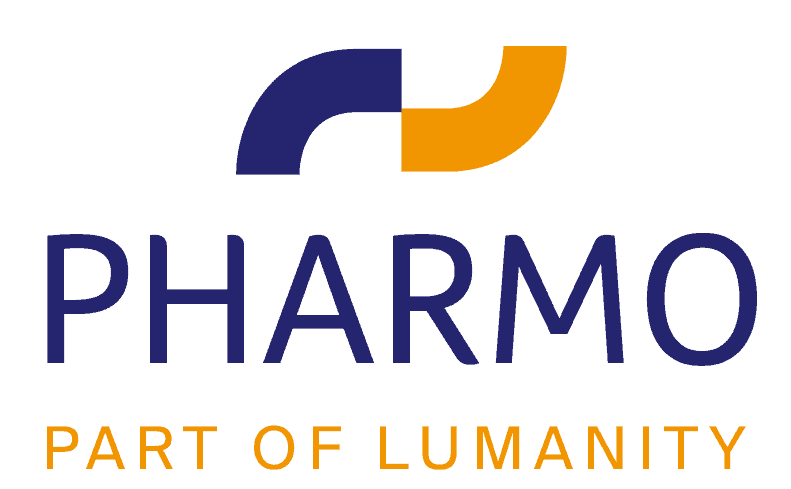BACKGROUND and objective: Conclusions from clinical trials suggest possible therapeutic advantages for once-daily agents over twice-daily agents in the treatment of type 2 diabetes mellitus. This study set out to investigate the relationship betweemetformin dosing frequency and glycosylated haemoglobin (HbA(1c))-goal attainment in daily practice. METHODS: This was a nested case-control study. Data were obtained from the PHARMO Record Linkage System, which includes linked drug-dispensing and clinical-laboratory records for approximately three million individuals in defined areas of the Netherlands. The study cohort included new users of oral antihyperglycaemic drugs between 1999 and 2005 with a baseline HbA(1c)>/=7% and at least one further HbA(1c) measurement within 18 months after the index date. Cases attained HbA(1c) goal (<7%) within 18 months; controls did not attain this HbA(1c) goal. Compliant cases and controls taking metformin monotherapy were included in the analyses. Dosing frequencywas dichotomized into once daily and twice daily or more frequently. In the multivariate analysis we considered oral antihyperglycaemic dose, baseline HbA(1c), first prescriber and number of HbA(1c) measurements. RESULTS: The study cohort included 3107new oral antihyperglycaemic drug users. The analyses included 753 cases and 477 controls taking metformin. Dosing twice daily or more was associated with a 71% higher probability of attaining goal (odds ratio 1.71 [95% CI 1.31, 2.24]) compared with once-daily dosing, after adjustment for baseline HbA(1c), first prescriber, sex and age. We could not distinguish between the effect of dose and dosing frequency as these were closely related. Statistical testing in the analyses stratified by dose was prohibited by small numbers. CONCLUSION: About 40% of compliant metformin users did not achieve their HbA(1c) goal within 18 months because of dosing problems. However, the strong correlation between total daily dose and dosing frequency did not permit identification of which of these dosing issues was the most important contributor to not achieving HbA(1c) goal.
